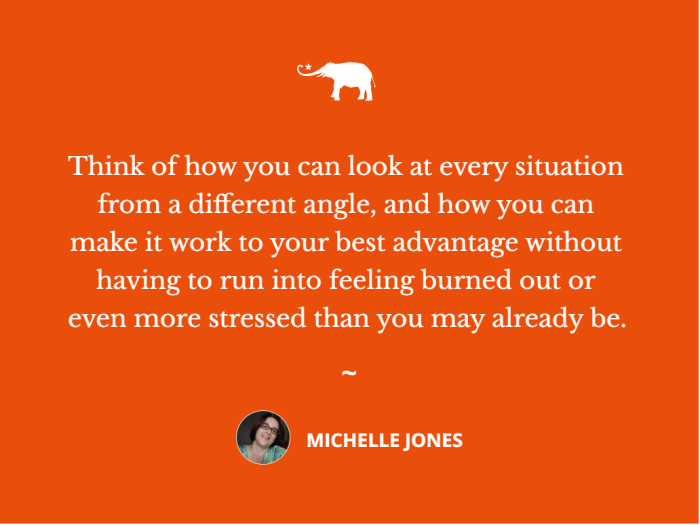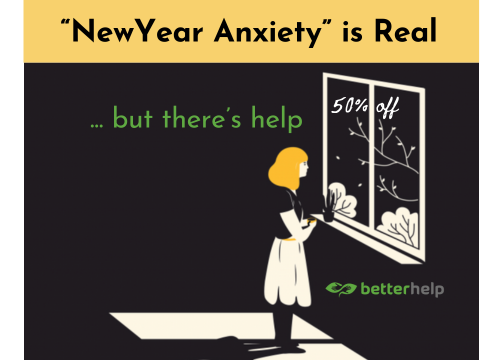For quite some time, before the pandemic shifted our noble understanding of everyday life, millions of employees have been told to go above and beyond to showcase their skills or talents in the workplace. While it’s proven successful – to an extent – it’s only within the last few years that we have been uncovering the harsh and untold truths that stem from an unbalanced work-life culture.
The onset of the global pandemic, which saw millions of people either being permanently laid off or transitioning into a hybrid or virtual office has helped highlight the many facets of work-life balance that we have been overlooking for decades.
While today we see more and more employers piloting efforts towards implementing the right structures to assist promote employee well-being, it’s the after-work hours that are also becoming more strenuous for many employees who struggle to switch off once the work day has ended.
The working culture landscape is changing, and it’s presenting new ways in which employees can take better care of their well-being, while at the same time practicing a healthy work-life balance that can help them cope or mitigate the effects of work-related burnout and stress.
Even with these efforts, it’s still posing more challenges in the wake of a changing labor market.
A 2020 study of more than 3.1 million workers from the United States, Europe, and the Middle East found that since the start of the pandemic, the average work day has been extended by 48.5 minutes. Remote and work-from-home employees are constantly connected, never really seeing any downtime from their professional responsibilities as they have constant and seemingly endless access to their work duties.
Supplementary research supports this notion, as a study by the Robert Half, a Los-Angeles based staffing firm found that close to 70% of surveyed remote workers claim that now work on weekends, with an additional 45% saying they tend to work more and longer hours during the week than what they did before the pandemic.
Technology and digital innovation have proven to be a massive success within the workplace, but it’s also made it increasingly hard for many to log out and switch off when necessary.
Whether working in an office, or even conducting virtual team meetings – switching off is becoming harder, and it’s driving more employees towards an abyss that will only push them further toward burnout and unhealthy work-life culture.
Getting the necessary rest, taking the needed time off, and attending to personal matters outside of your professional capacity means leaving the office earlier or signing off when the work day has ended. So how exactly do you get to this point, and what are some ways in which you can switch from work mode to relax mode – here are some pointers.
Set Professional Boundaries
The latest in workplace quitting culture is the action of “quiet quitting.” and although the phrase suggests the idea that employees are secretly quitting their jobs, without their employers knowing, it’s perhaps the exact opposite.
Quiet quitting refers to employees doing the bare minimum, only doing what is expected of them and not more. These employees see that extra work or having to complete projects outside of their scope of practice is irrelevant to their job role.
Although the trend has spread like a wildfire across the global labor marketplace, quiet quitting is more about setting boundaries than everything else. In general, this refers to employees taking more control over their work schedules and their workload as well.
Having professional boundaries should include both employee and employer, helping to reach a common agreement on what is considered important during work hours, and what can be left until the following working day.
It’s hard saying no, or having to stand up to an employer or supervisor, but perhaps the only way you will be able to see yourself switching off after work is by setting clear boundaries between you and your employer.
Practice Timeboxing
As our work schedules only see an influx of duties and responsibilities, we are seeing ourselves having to spend more time on certain areas of our jobs that are only taking away time from other aspects that may require our attention at a later stage.
The concept of timeboxing refers to the time management technique that allows us to spend a necessary amount of time on certain projects without losing track of the bigger goals.
Practicing timeboxing will mean that you have better insight into what you will be able to fit into your daily schedule.
With timeboxing, it’s not necessary to plan your day or schedule down to every last second or minute, but rather it helps you to start pinpointing the priority aspects of your daily work life, and the more important projects that will need attending right now, and those that can be put off until the following day.
Go Gadgetless
Without us knowing, our consumption and excessive use of technology and digital tools have only added more strain to an already shaky work-life foundation.
Our endless access to tech and the internet means that we can be connected, all day and every day, no matter where we may find ourselves/
Recent figures suggest that the average American spends roughly five to six hours per day on their mobile phone, excluding the use of computers for professional or leisure use, tablets, and other devices.
In the age of interconnectivity, we’re not giving our minds enough time to power off thoroughly or even reset. For employees this is even more severe, having to run their daily tasks on several different devices, only to turn to their phones as a method of relaxation.
Although many of us switch off in different ways, going gadgetless after work, or even during our lunch breaks gives us at least some time to structure ourselves, and rest our minds from constantly being bombarded with information and online content.
Get A Hobby
Having an alternative outlet is one of the most functional and practical ways in which we can switch our brains from work mode to relaxation mode.
Think of the activities you do or entertain yourself with after work or over weekends. The smallest changes we make, or hobbies we pick up are already a steady start to breaking the cycle of being constantly connected to work, or thinking of what the next day holds in.
Choosing a hobby shouldn’t come with more stress, and it could mean trying out various projects or activities before finding something you truly enjoy and can spend hours doing without having to feel exhausted afterwards.
Having a hobby doesn’t mean you have to be perfect at it, it can be something small and simple that you can use as a creative and recreational outlet from your professional life. Writing a blog, cooking, taking the talks for a walk, hiking, or even learning a new language, whatever it is that may interest you, see how you can make it work for you in a way that helps you to power off, and relax after the working day has ended.
Be Mindful With Yourself
The last thing you can do that will help you better your work-life balance is by being more mindful of who you are, and where you are right now in your life.
Being mindful means that you are allowing yourself to be present within the moment, and letting your emotions or feelings flow more naturally.
There is no need to constantly push yourself, or have to prove yourself, even if you are aware of how much effort and time you have already put into your work or what you’re currently busy with.
Being present also means that you are taking action when needed, and resolving issues as they present themselves. It’s hard for many of us not knowing, or feeling ill-prepared, but we’re only adding more stress and anxiety onto ourselves if we constantly want to control every aspect of our lives when we are well aware we’re not able to.
Think of how you can look at every situation from a different angle, and how you can make it work to your best advantage without having to run into feeling burned out or even more stressed than you may already be.
Final Thoughts
Although there are many different ways in which we switch off after work, these are some of the most common practices we can take up to help us feel more relaxed and rested from our professional careers.
Remember that you don’t have to constantly prove yourself, and if you know that you are doing a good job, and have managed to control what is controllable, you’re slowly learning how to build a work-life balance that is both healthy and progressive.












Read 0 comments and reply